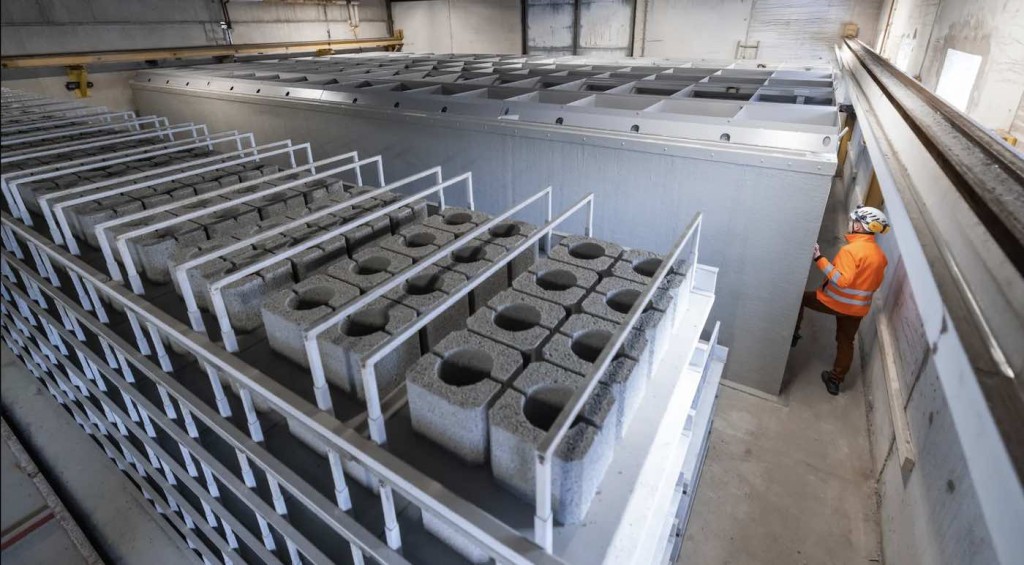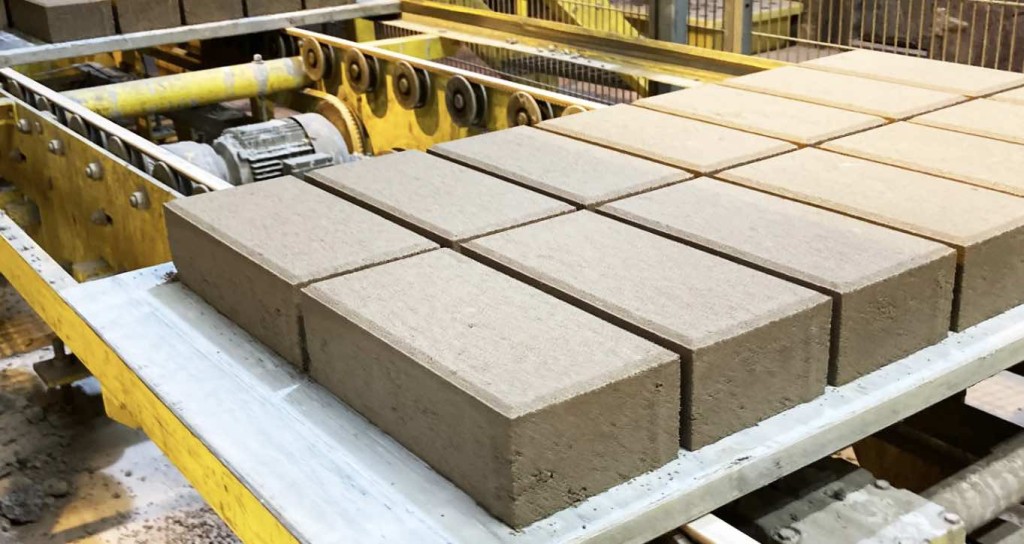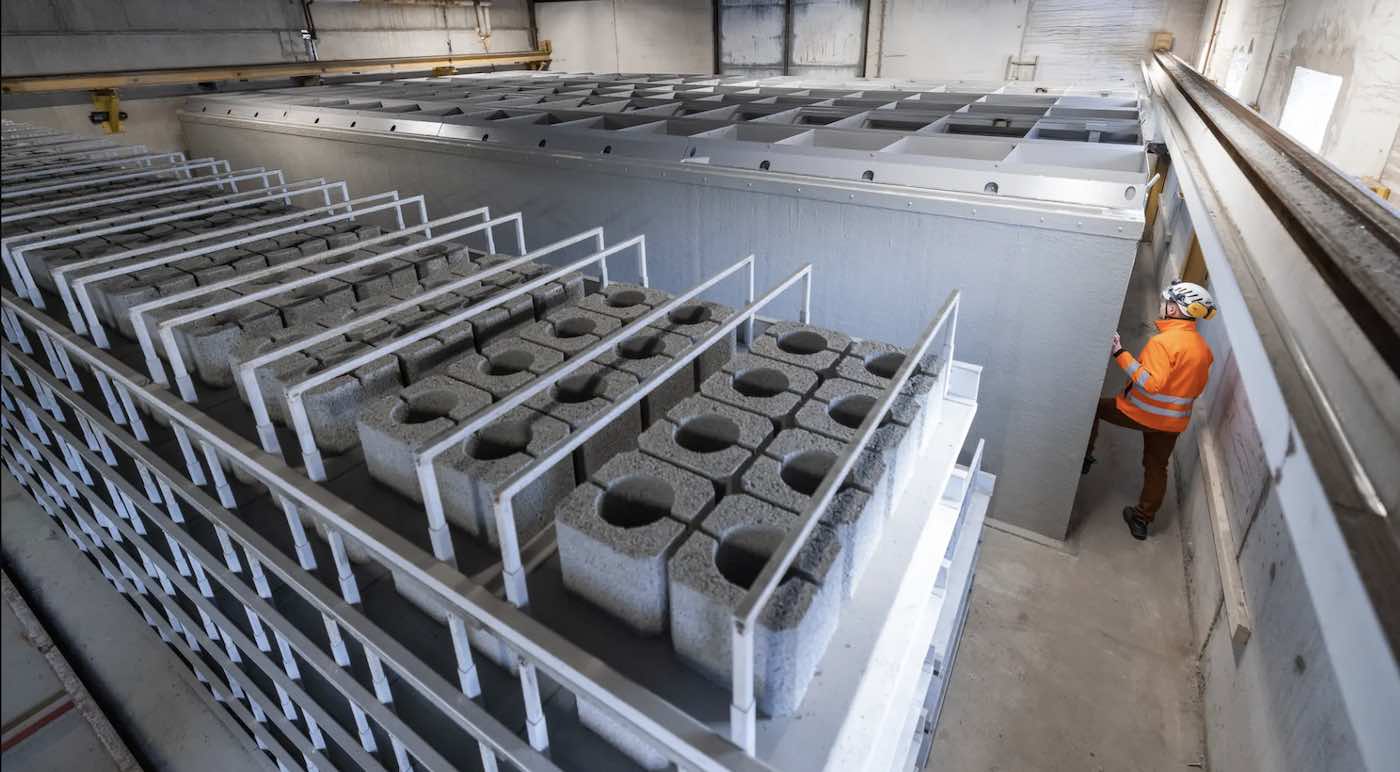
Concrete is being made in Finland with a carbon-negative replacement for cement, something the company hopes will trap more CO2 than it takes to produce throughout its lifecycle.
One of the most ubiquitous of human building materials, concrete is nevertheless one of the most carbon-intensive manufacturing methods in society.
Finnish materials researchers at VTT Technical Research Center said that they were aiming to create carbon-negative concrete “before they know how to do so.”
One of the interesting things about concrete is that it reabsorbs carbon over the years, which can lead to the corrosion of steel reinforcements like rebar inside it.
Experimenting with different substitutes, they discovered that slag from blast furnace smelting could be combined with bio-ash to replace cement in concrete.
During smelting, when the ore containing iron or copper is exposed to high temperatures, impurities within it such as oxides of calcium, magnesium, silicon, iron, and aluminum, are separated from the molten metal and can be removed. Slag is the term for the collection of compounds that are removed.
MORE CARBON-NEGATIVE TECH: America’s First Carbon-Negative Hotel in the Middle of Denver is Inspired by Aspen Trees
Powdered slag can absorb higher amounts of carbon than cement, and VTT senior scientist Tapio Vehmas explained how his team figured out how to suck CO2 from the air and deposit it into the powered slag, before putting it in cast concrete to fulfill his team’s vision.
“We have demonstrated in the pilot unit that our technology is capable of reducing the CO2 emissions of conventional concrete by 45%,” said Vehmas, now CEO of VTT spin-out company Carbonaide.
“Last autumn, we demonstrated lowering our products’ carbon footprint to -60 kg/m3 by replacing Portland cement with slag.”

But this isn’t a story about scientific experimentation. Carbonaide has secured nearly $2 million in funding to build a production center for its cast concrete blocks that will be capable of mineralizing “up to five tons of CO2 per day.”
MORE GOOD MANUFACTURING: Batteries 3D-Printed Using Layers of Powder Use 40% Less Material, Charge in Minutes and Recycle Easier
With concrete being one of man’s most-used building materials, the startup is going ahead to scale up its production capacity by 100 times thanks to an already-secured value chain.
Five tons of CO2 per day would cover the average emissions for the business commute of around 415 people in their cars, if people commute 15 miles to work, and 15 miles home.
WATCH the blocks being cast…
SHARE This Great Example Of A Circular Economy With Your Friends Worried About The Climate…




















